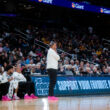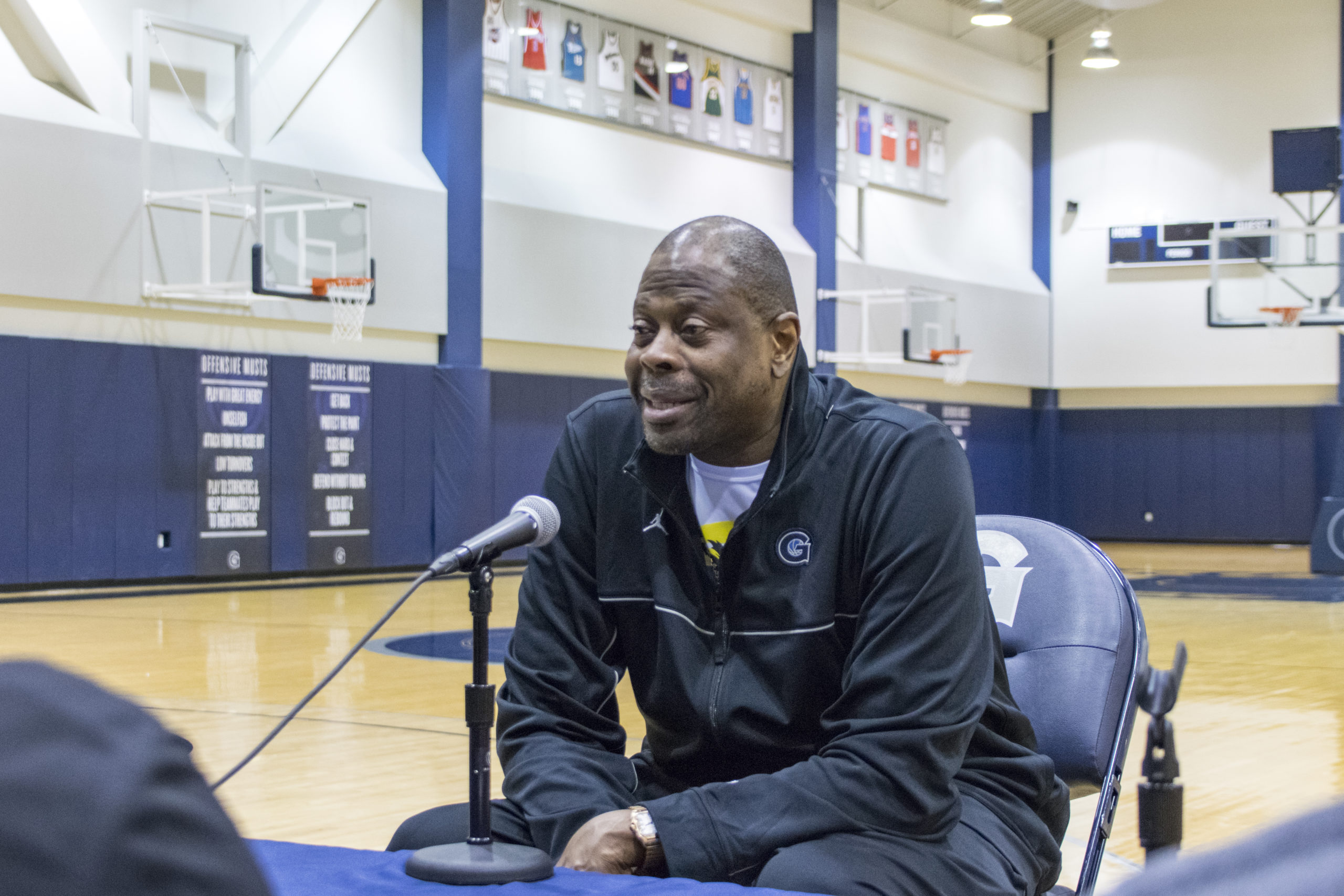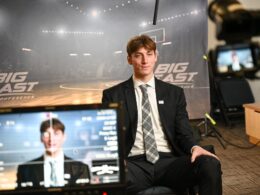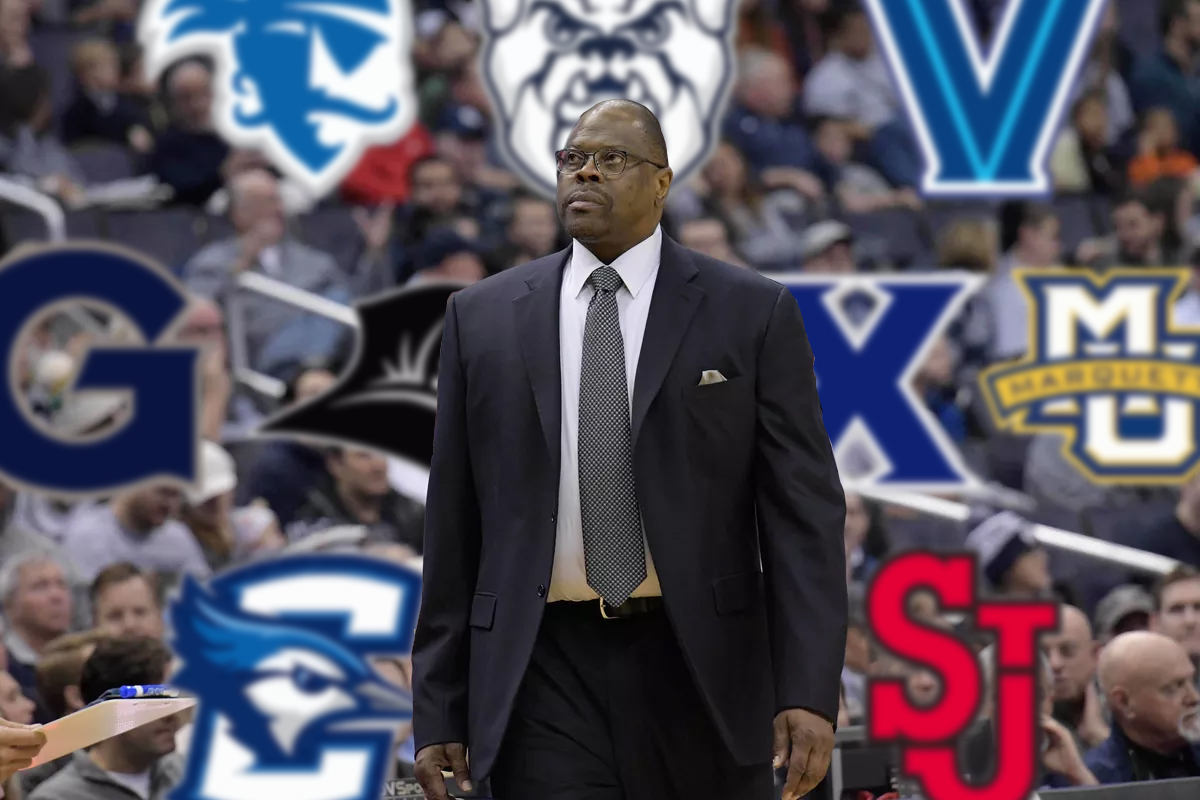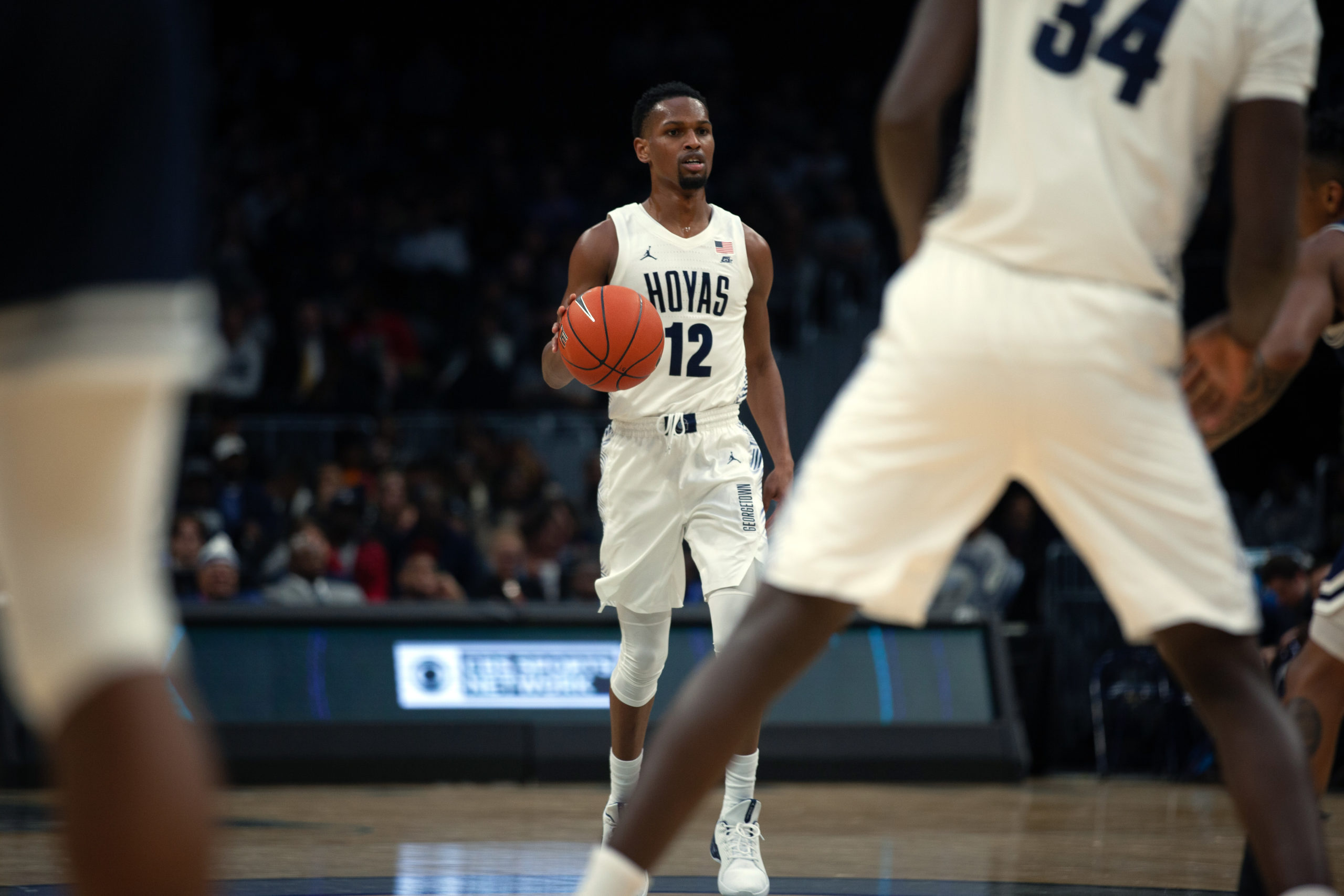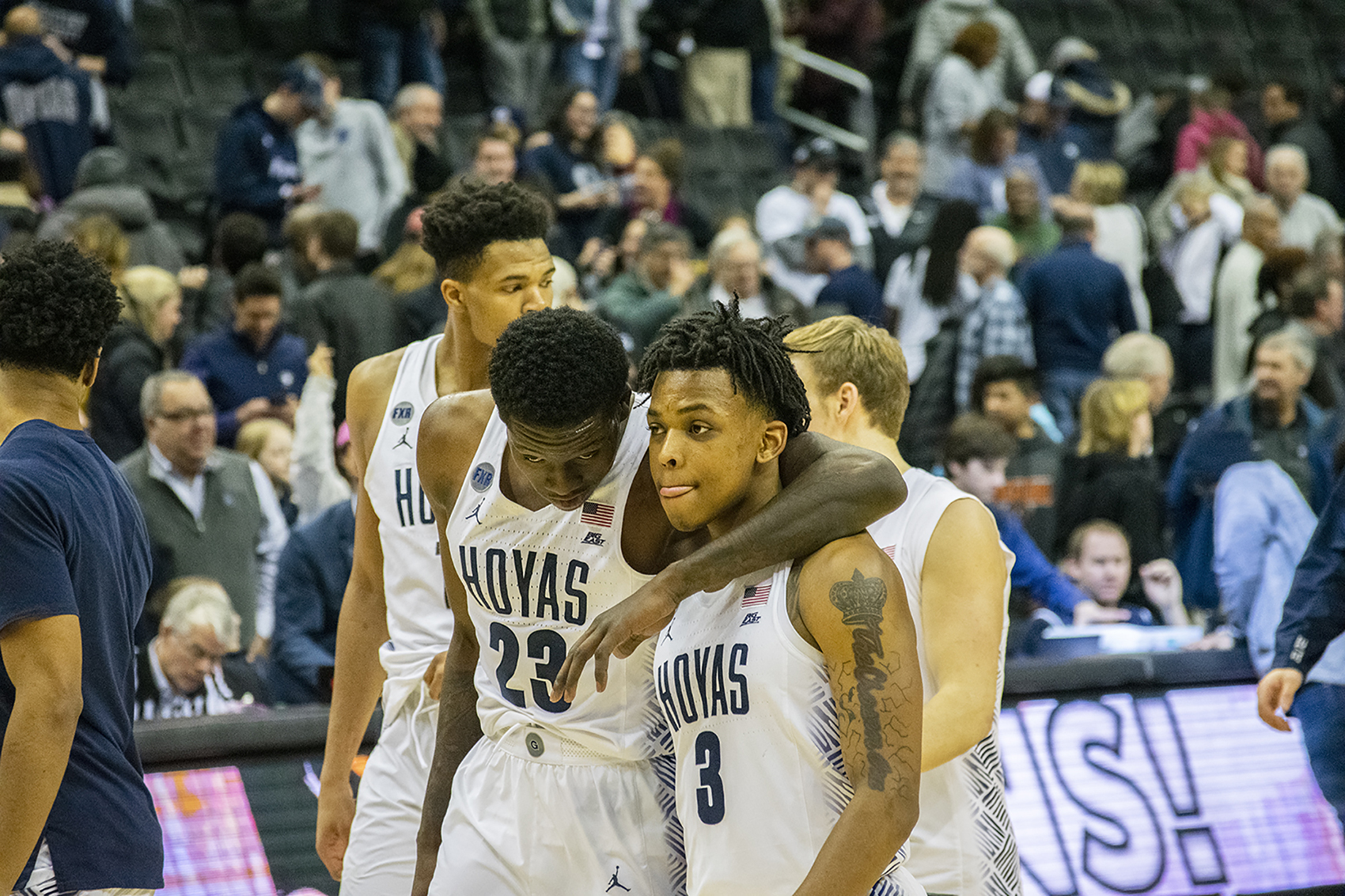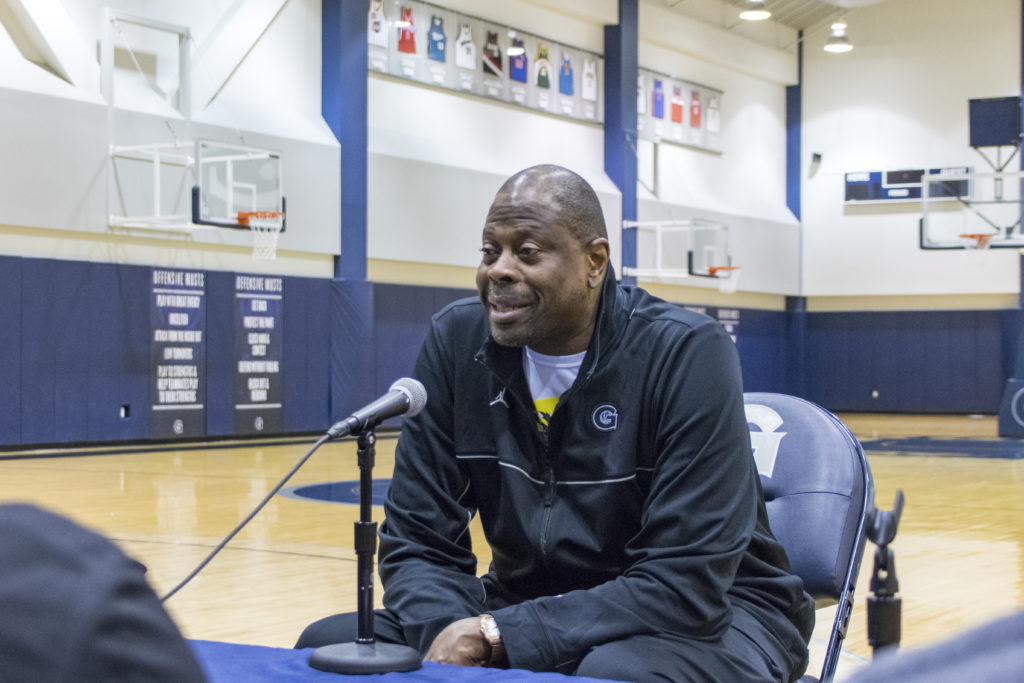
On Friday evening, Hoya fans were disappointed as four-star recruit Matthew Alexander-Moncrieffe passed over Georgetown in favor of Oklahoma State. Fear not, for even without Alexander-Moncrieffe, Georgetown’s 2020 recruiting class gives reason for optimism.
In his three years as head coach, Patrick Ewing has continued to refer to the adjustment to the college game as a learning process. This season, Ewing has learned more than any other.
After the departure of four rotation players, Ewing has been forced to rely on each and every one of his scholarship players (and even one non-scholarship player). Through all the ups and downs, Jagan Mosely has been the constant that has kept the team locked in. Ewing has continually praised Mosely, referring to him as the team’s most valuable player. Beyond simply what he has contributed this season, I wholeheartedly believe that Mosely has given Ewing a blueprint for the type of player, and culture, he wants to build on the Hilltop.
While blue blood programs can get by with recruiting high-profile recruits and relying on talent, the rest of the NCAA is forced to go a different route. Time and time again, we have seen the most successful coaches in the NCAA are the ones who build a system and recruit players who will buy into that system.
Take Tony Bennett at Virginia. When Bennett was named head coach of the Cavaliers in 2009, he inherited a team that had gone 10-18 last season and had just one NCAA Tournament appearance in the last eight years. Since Bennett became head coach, the Cavaliers have not signed a single five-star recruit and had only one top-ten ranked class nationally. Despite this, Bennett was able to turn Virginia into a national power, leading the Cavaliers to six straight NCAA tournament appearances and ultimately being crowned national champions in 2019.
How has this turn-around been possible? Simply put, by successfully constructing an identity around Bennett’s pack-line defense. Since 2012, the Cavaliers have ranked outside the KenPom top ten in adjusted defensive efficiency just once. When recruits sign to play at Virginia, they know what style of basketball they are committing to playing.
This is the first recruiting cycle where I have a clear idea of where Ewing wants to take his team. During Tuesday’s media availability, Ewing told the press that he wants to recruit “athletes, guys who can play multiple positions.” In addition, Ewing has made it clear that he is looking for a certain type of mentality in his players.
While it can be difficult to evaluate this in potential recruits, Georgetown’s four commits for next season show signs of these intangibles.
One of the Hoyas’ first commitments for 2020 was under-the-radar guard Dante Harris. Back in November, Harris told 247Sports that “the thing that stuck out to me the most with Patrick Ewing, [he] always told me like, I don’t recruit players by how tall they are, it matters how big their heart is.” It is easy to draw comparisons between Harris and current Georgetown guard Mac McClung. Like McClung, Harris has run circles around low-level high school competition, averaging over 30 points per game his junior year. Perhaps Ewing is hoping Harris can bring a similar aggressive mindset to the Hilltop.
Joining Harris in the backcourt will be Whitney Young product Tyler Beard. Like Harris, Beard was largely unnoticed until he had a break-out senior year, which attracted the attention of several high-major schools. On Jan. 9, HoopSeen wrote of Beard that he “has that Chicago toughness to his game and plays with a chip on his shoulder.” I am sensing a trend.
The most recent addition to next year’s incoming class was 6’7” guard Kobe Clark, who announced his commitment earlier this week. Described as a foot-on-the-gas-pedal type of player, Clark may bring the defensive intensity that Georgetown needs with Mosely graduating.
Last, but certainly not least, the most high-profile commitment for the Hoyas was that of forward Jamari Sibley. Sibley committed to Georgetown on Nov. 29, just days before news broke surrounding the exodus of two (and later four) rotation players. While fellow four-star recruit Terrance Williams decommitted from Georgetown in the aftermath, the fact that Sibley stuck by his commitment shows something about his desire to play for Ewing and the Hoyas.
This recruiting cycle, Patrick Ewing has made one thing clear: he is willing to bet on himself. That’s what good coaches do. They find players who will buy into the team’s style of play and trust that they can draw talent out of them.
Building a winning program is not about how many five-star recruits you can bring in. It is about how much you get out of each player that you do get. With a very limited roster, Ewing has shown an ability to get his guys to compete. Will this competitive edge leave with Mosely or has this season ushered in a new winning culture at Georgetown? I’m willing to bet on the latter.
